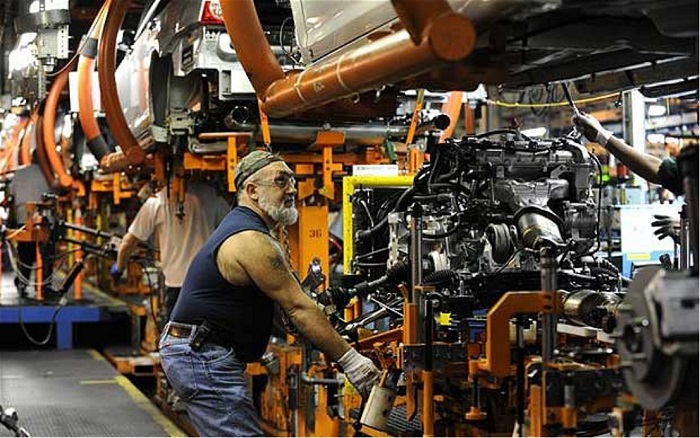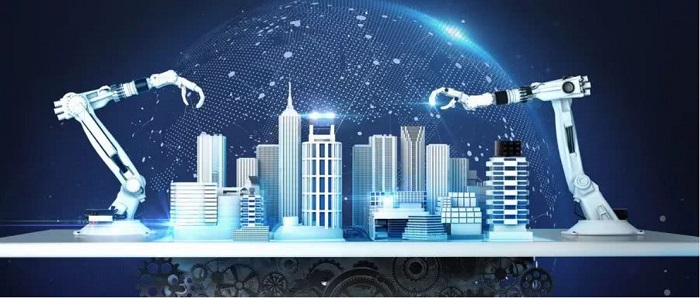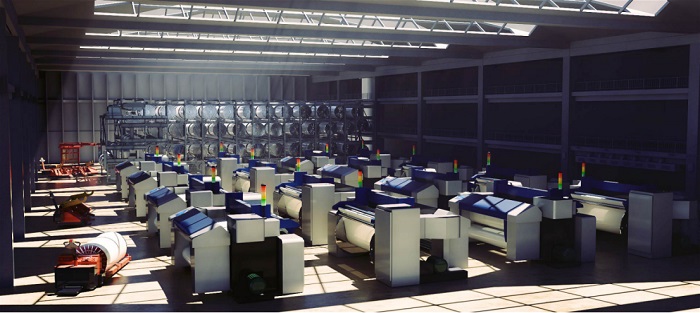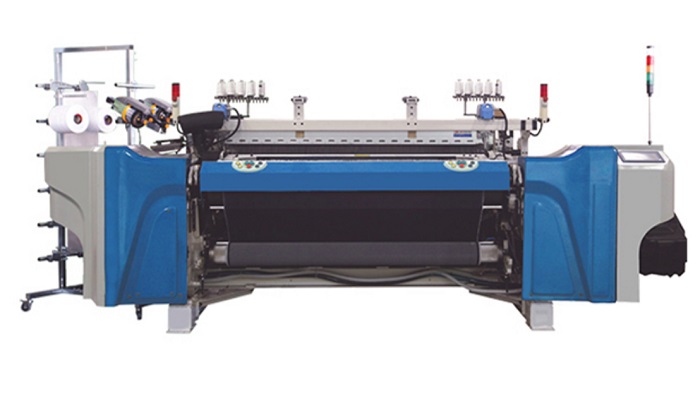In recent years, the manufacturing industry is facing a new round of crisis. On the one hand, the cost of manpower and materials has continued to rise, which has increased the production cost of the factory. On the other hand, products are updated faster and faster, and inventory is likely to cause greater risks. Therefore, the manufacturing industry needs a brand-new model.
Since the financial crisis, countries around the world have attached greater importance to manufacturing to a higher level. Manufacturing is the economic pillar of every developed economy, including production and processing, agricultural products, oil and gas, etc. It is the prosperity and development of these manufacturing industries that have led to the development of service industries such as transportation and e-commerce.
In the past, the manufacturing industry has undergone three important revolutionary changes. The first industrial revolution started in the United Kingdom. Steam power promoted a phased change in productivity and production mode. Then, the second industrial revolution was an electricity-based revolution, and the third was a silent information technology revolution. Today, people are experiencing the fourth work revolution.
The fourth industrial revolution is also about Industry 4.0. It is a topic about the integration of physical, digital, and virtual worlds. It represents a major structural change in the past two hundred years. The efficiency of production will be raised to a whole new level, without too much human labor, but using machine automation and realizing higher value conversion.(try suntech Loom)

Changes in the manufacturing competition model
In the future, the competitive model of manufacturing will change, and cheap labor will no longer be an advantage. Manufacturers need to rethink the entire value chain, how to optimize the supply chain to make products cheaper, apply different thinking and tool sets, and perform simulation analysis on revenue, value, cost, performance, service, and operating models.
The fourth industrial revolution has played an important role in the advantages of manufacturing in many aspects. With the support of digitalization, managers will become better, including creativity and innovation, which is conducive to the establishment of a strong value chain for enterprises, and Obtain a unique competitive advantage.
In the future, manufacturing suppliers, manufacturers and customers will be closely connected, and the production system will have a faster response speed to meet the needs of individual customization. Suppliers provide materials quickly and pay back in a shorter period of time, which helps reduce supply costs and release the financial pressure on the entire ecosystem.
Cost pressure is a key factor affecting the manufacturing industry. The introduction of advanced production automation and technical personnel, reasonable investment can obtain long-term benefits. The Industry 4.0 model connects the physical and virtual worlds, fulfilling many tasks that could not be achieved in the past.

Digital technology improves asset efficiency
For many asset-intensive industries, asset performance management will be a very important part. For example, manufacturing, textile, mining, electric power, oil, gas, chemical industry and public utilities, these industries are using industrial Internet of Things and cognitive computing technology to improve the efficiency of operation.
Textiles and manufacturing will be the most likely areas to realize the value conversion of big data. Based on the data collected by the Internet of Things and sensors, predictive maintenance can be carried out and play a more important role. For example, reducing maintenance and operation costs, and improving production safety.

Production simulation creates advantages and competitiveness
Digitization is only the first step. Industry 4.0 technology combines the digital and physical fields to support predictions, alarms and normative responses. There are many variable factors in the production process, from the quality of the material to the change of the internal process, including the production environment, time and production method. The structured and unstructured data are collected through sensors, and the use of analysis models is beneficial to the occurrence of product problems. Identify deviations, thereby reducing production risks.
Under the new manufacturing model, digital twin software can be used to simulate all links of production to check whether the product design, material consumption, and installation method meet the requirements. Industry 4.0 technology will better support real-time analysis and automatic control operations, and factories can adjust production processes in time to ensure better quality output of products.
The general environment is developing towards Industry 4.0, and the hardware and software of the manufacturing industry should also keep up with the trend, giving priority to the use of intelligent equipment that can improve production efficiency and reduce labor costs, so that labor-intensive industries no longer rely on labor excessively, thereby fundamentally reducing operations And production costs.

In response to the shortage of labor, Suntech has developed and produced rapier looms with 50 years of design experience and technology precipitation, integrating various textile processes with intelligent, automated, and digital applications, allowing the links that originally required a large number of manual assembly lines to be replaced by machinery. At the same time, the intelligent cloth inspection function is perfectly integrated, and the machine automatically inspects the finished cloth, which solves the most costly cloth inspection problem in the finishing process, and the cloth inspection effect is better than manual inspection, and the error rate is low. Process optimization and value maximization, reduce labor, greatly reduce labor costs, and improve production efficiency.

Customers who have used Suntech rapier looms are full of praise for this loom, which can be called artificial intelligence in the loom industry. According to statistics, this loom can save 50% of labor costs and 50% on average, and increase production by 50%. Efficiency, in addition to automatic fabric inspection, it can also be controlled by PLC, automatic weft seeking, servo electronic warp let-off, servo electronic take-up, so that every step of the textile is intelligent, and the production speed is greatly improved. Welcome to inquire.





